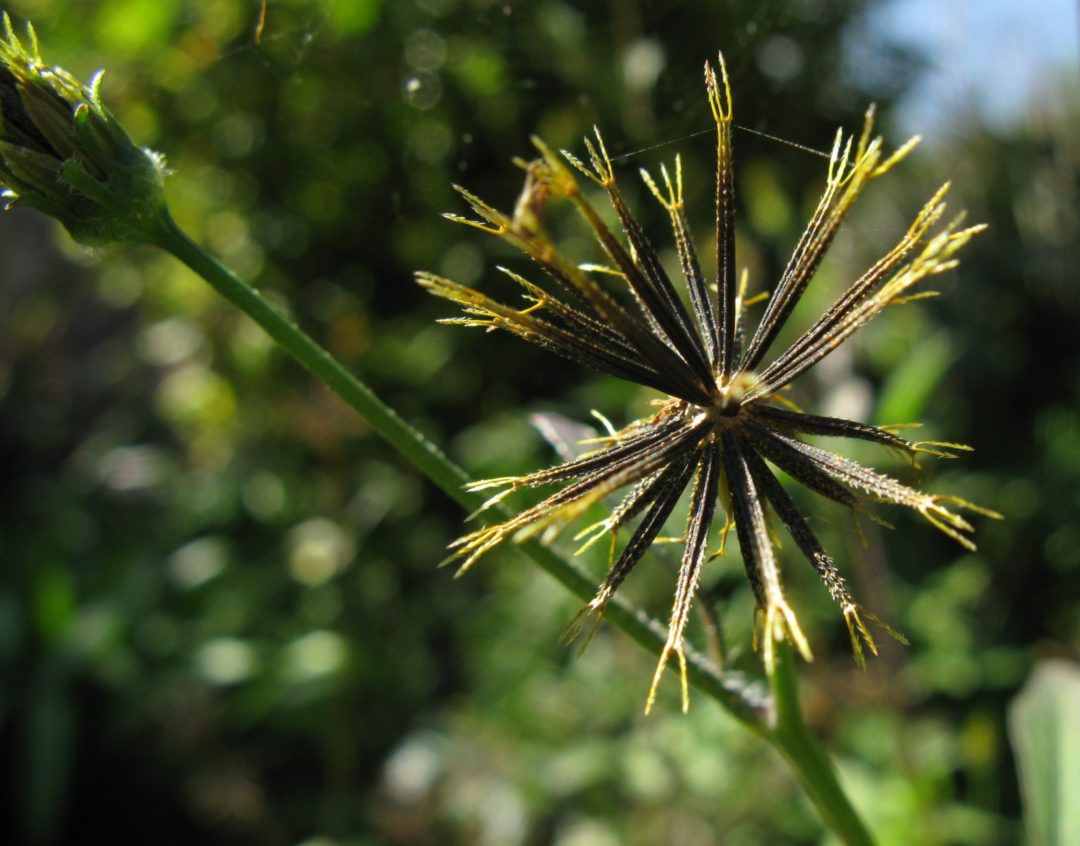There are some plants that grow on our smallholdings that are edible, and which can be cultivated as food. There are also some weeds that we could be harvesting.
Here are just a few of the plants you can harvest.
An obvious one is Morogo, which many regard as a weed. The term covers at least three dark-green leafy vegetables that are found throughout South Africa, including cowpea, vegetable amaranth, or spider flower. Botanists have found the wild morogo to be an inexpensive source of dietary minerals, trace elements and antioxidant phytochemicals.
Many already have Tulbachia violacea or wild garlic (pictured above) in our gardens as a companion plant to deter pests, but it turns out that the whole plant can be eaten. In rural areas the leaves and flowers are eaten as spinach and as a hot, peppery seasoning with meat and potatoes. Teas made from the roots are good for coughs, chest and sinus ailments, while an aphrodisiac can be made from the bulb.

Bidens pilosa L, the bothersome blackjack, is an edible vegetable, and is also used in medicine, fodder, herbal tea and as a spice. Apparently Blackjack contains many essential nutrients, including a high level of vitamin A, vitamin C, iron and protein.

The lovely indigenous pelargonium family is not just a pretty face. The leaves of Pelargonium culallatum (wild malva) and Pelargonium tomentosum (peppermint-scented pelargonium) can be used as culinary herbs, but also for making teas to treat digestive problems and poultices to treat tired aching muscles. The flowers also have various uses in cakes or salads.
As children we used to eat the sour leaves of Oxalis pes-caprae (wild sorrel), and in some areas it is used in waterblommetjie bredie. The leaves and flowers can be eaten in salads.
We will be listing more edible plants soon.

